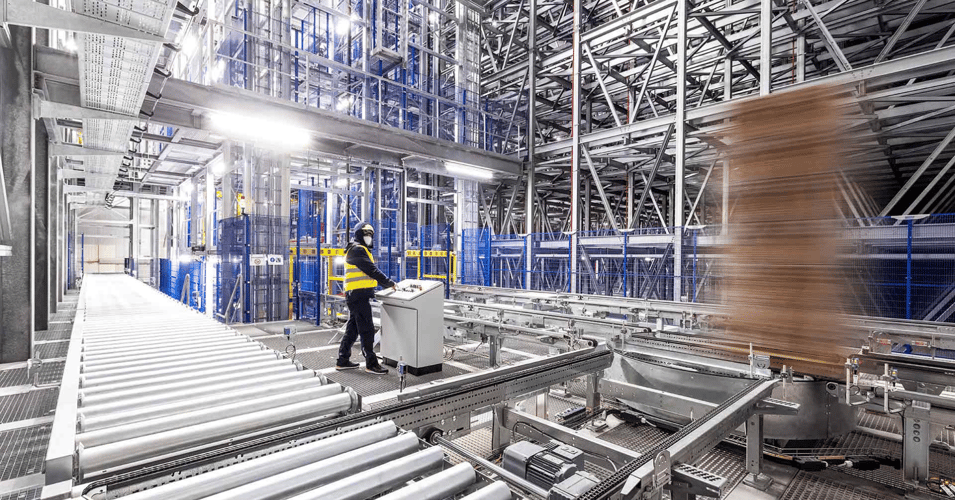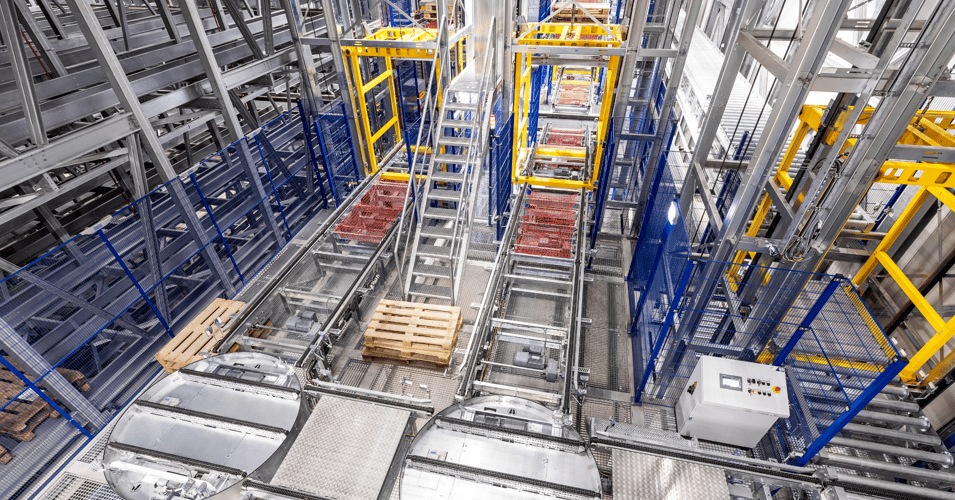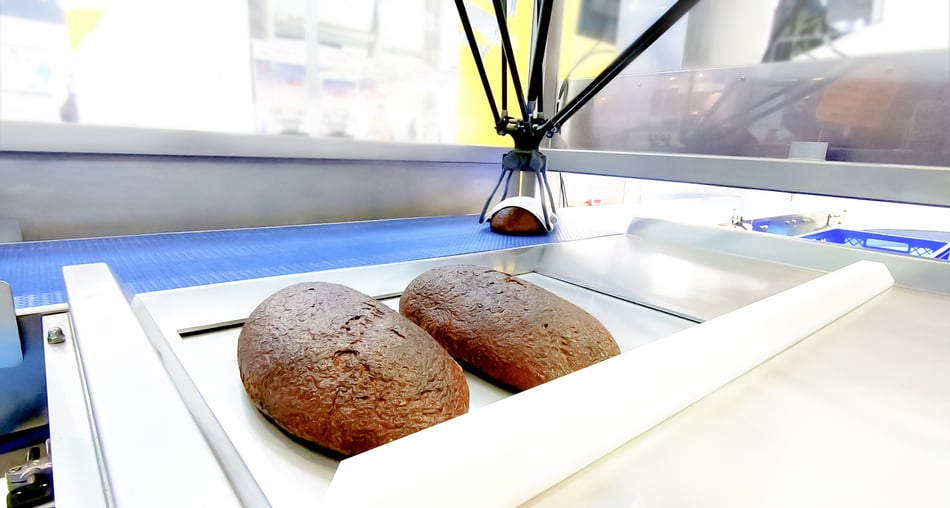
Hygiene is absolutely crucial in the food industry. Extreme care needs to be taken during the production process to make sure that end products don’t get contaminated by microbes and particulates. That’s why manufacturing plants that comes into direct contact with food is subject to stringent hygiene regulations. With this in mind, clients will be looking for industrial equipment that’s really easy to clean, designed in a way that makes the whole process much more streamlined. Here’s where Hygienic Design comes in.
Hygienic design, i.e. designing components and production plants that are suitable for cleaning, is a concept that gives businesses peace of mind in sectors where hygiene is paramount. Clients want their plants to be compliant from a hygiene standpoint, with a build quality that means they can be used on a daily basis without any downtime.
.png?width=5472&name=Design%20ohne%20Titel%20(13).png) |
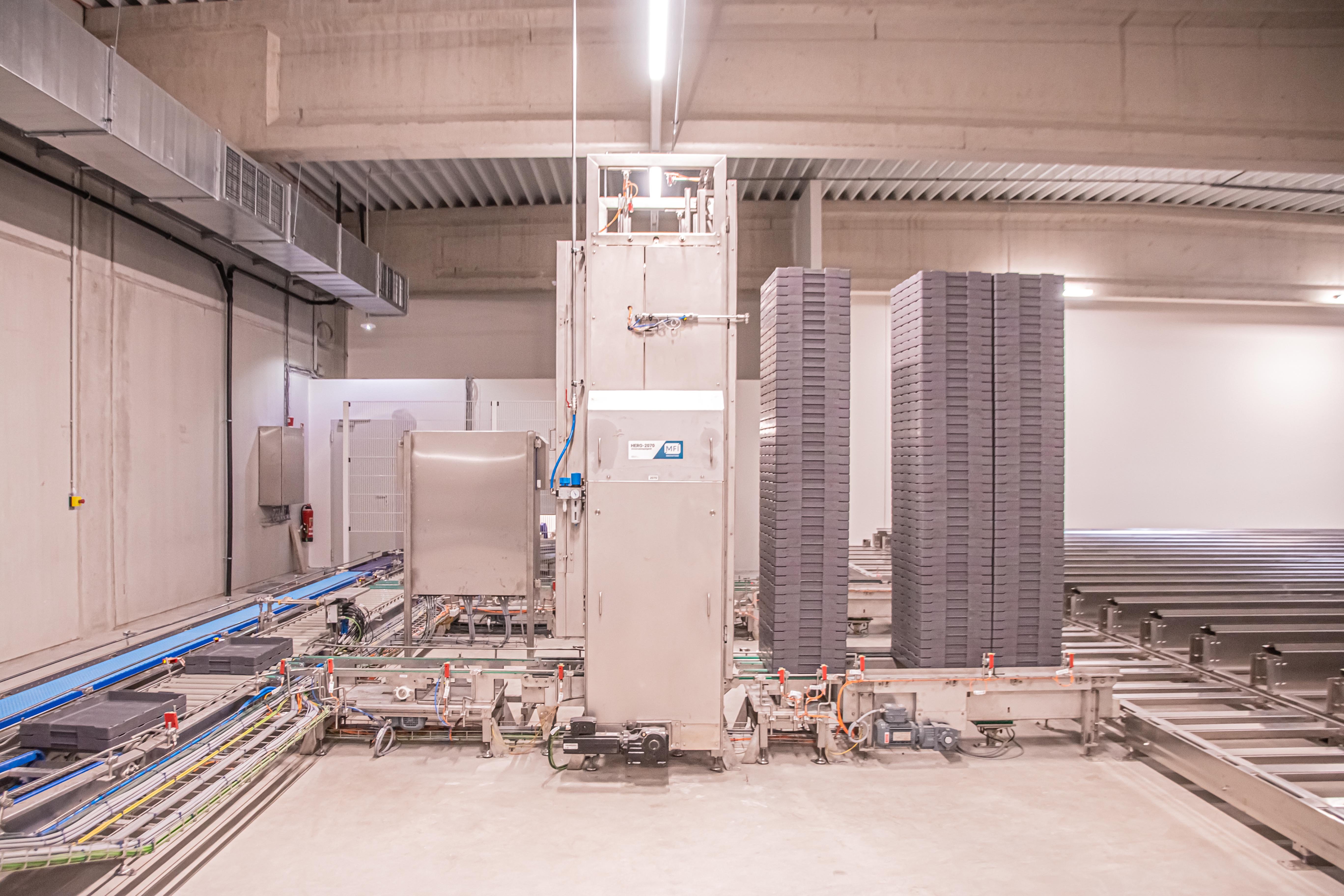 |
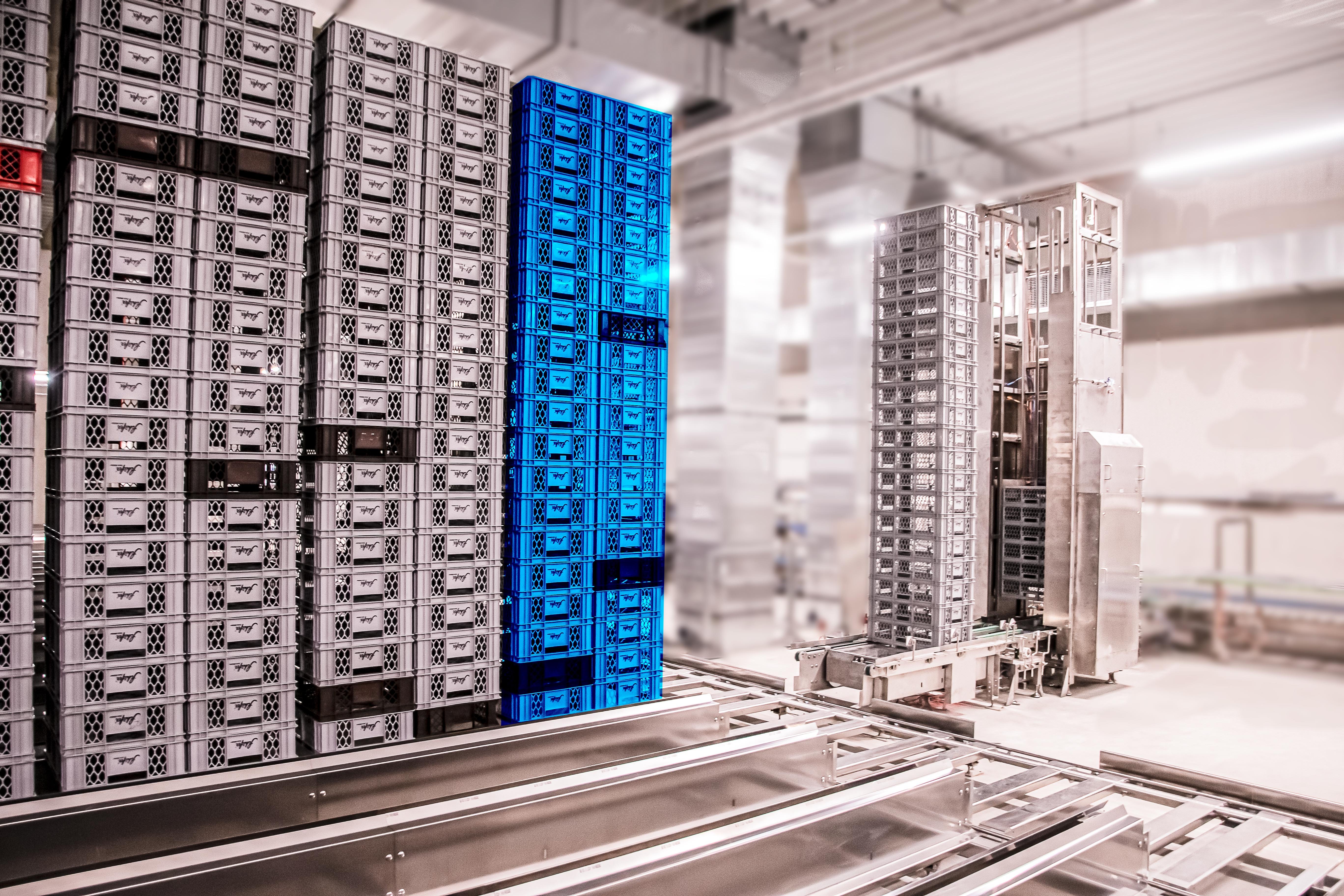 |
Construction requirements for Hygienic Design
Plants need to be built in line with the principles of hygienic design to provide clients with solutions that improve the efficiency of their processes as well as meeting hygiene standards and making cleaning procedures easier. It’s extremely important to consider a number of details when designing systems in this way to guarantee that hygiene is top of mind:
Geometry:
When designing plants, close attention must be paid to ensuring that all areas are easily accessible for cleaning and disinfection wherever possible. Areas that cannot be accessed for cleaning must be protected from ingress of living organisms, liquids and organic substances. In general, large, uniform elements are recommended as covers for machines, which also make cleaning easier due to their high ground clearance. It’s particularly important to ensure that liquids originating from foodstuffs, as well as cleaning agents and disinfectants, are able to drain away unhindered. In addition, food must not be contaminated by auxiliary and operating materials.
Used materials:
Using the appropriate materials and having a customized build is the safest way to ensure that plants can be cleaned properly. Materials in contact with food must be inert, non-toxic and stable over an appropriate temperature range. Stainless steel is very often used because it has the ideal physical properties for this purpose. Very careful work must be done to ensure high quality. If the has not been specially tempered in a way that makes it resistant to corrosion, micro-depressions will form where bacteria can thrive.
Surface finish:
How the equipment and machinery are finished is also a key consideration. Surfaces and joints need to be smooth and have no indentations to prevent organic matter from settling. More specifically, the fewer inwardly curved surfaces, blind spots and exposed screw head threads there are, the less bacterial growth that will occur. And what’s more, it’s far easier to clean flat surfaces.
Connection techniques:
Machine joints must be designed in such a way as to avoid any protruding parts, ledges or hidden corners to make cleaning as easy as possible. Joints should preferably be welded or glued without any gaps to prevent any organic matter build-up. In general, superfluous joints, edges and drill holes should be avoided by designing the plants in an intelligent way.
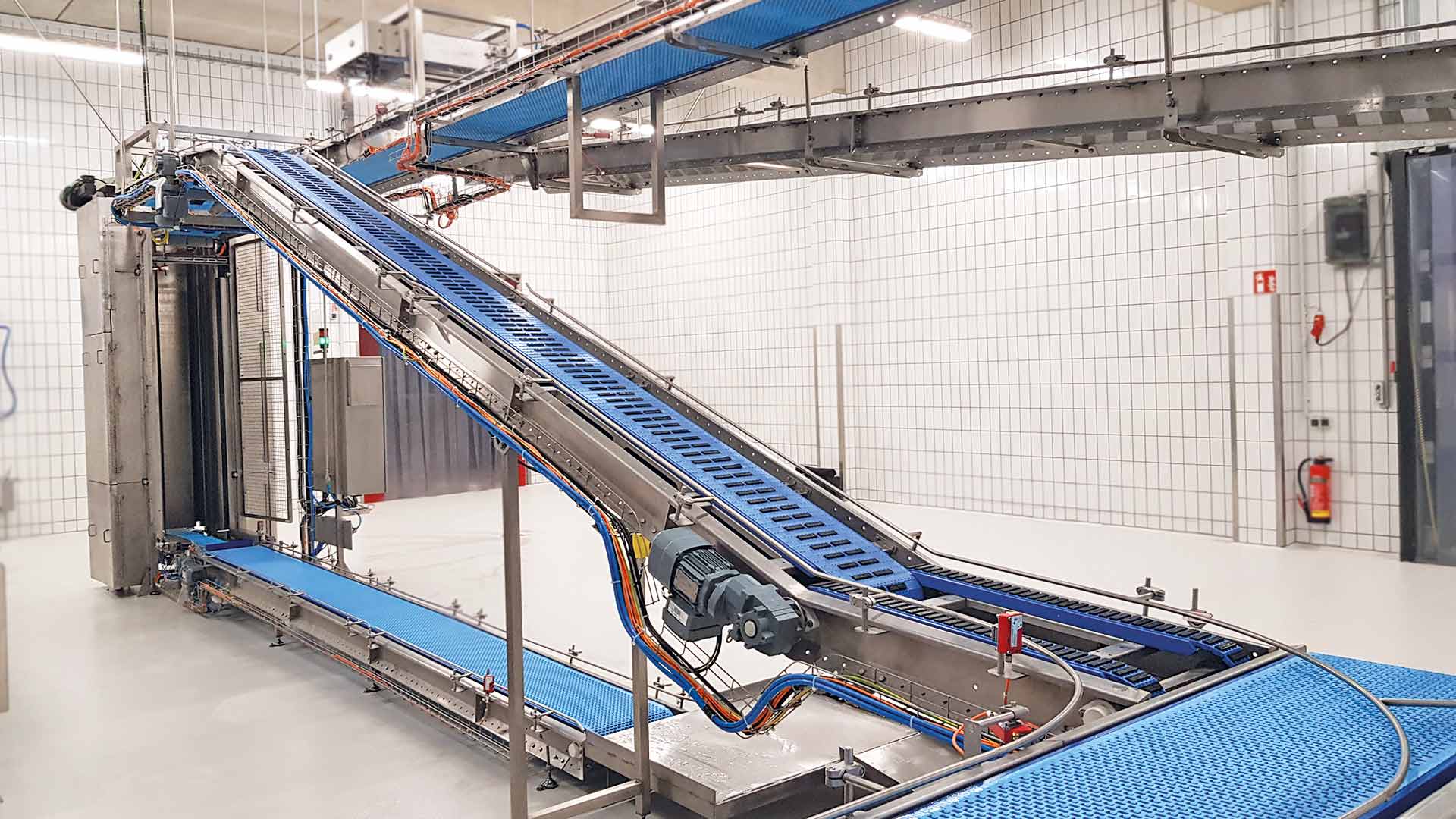 |
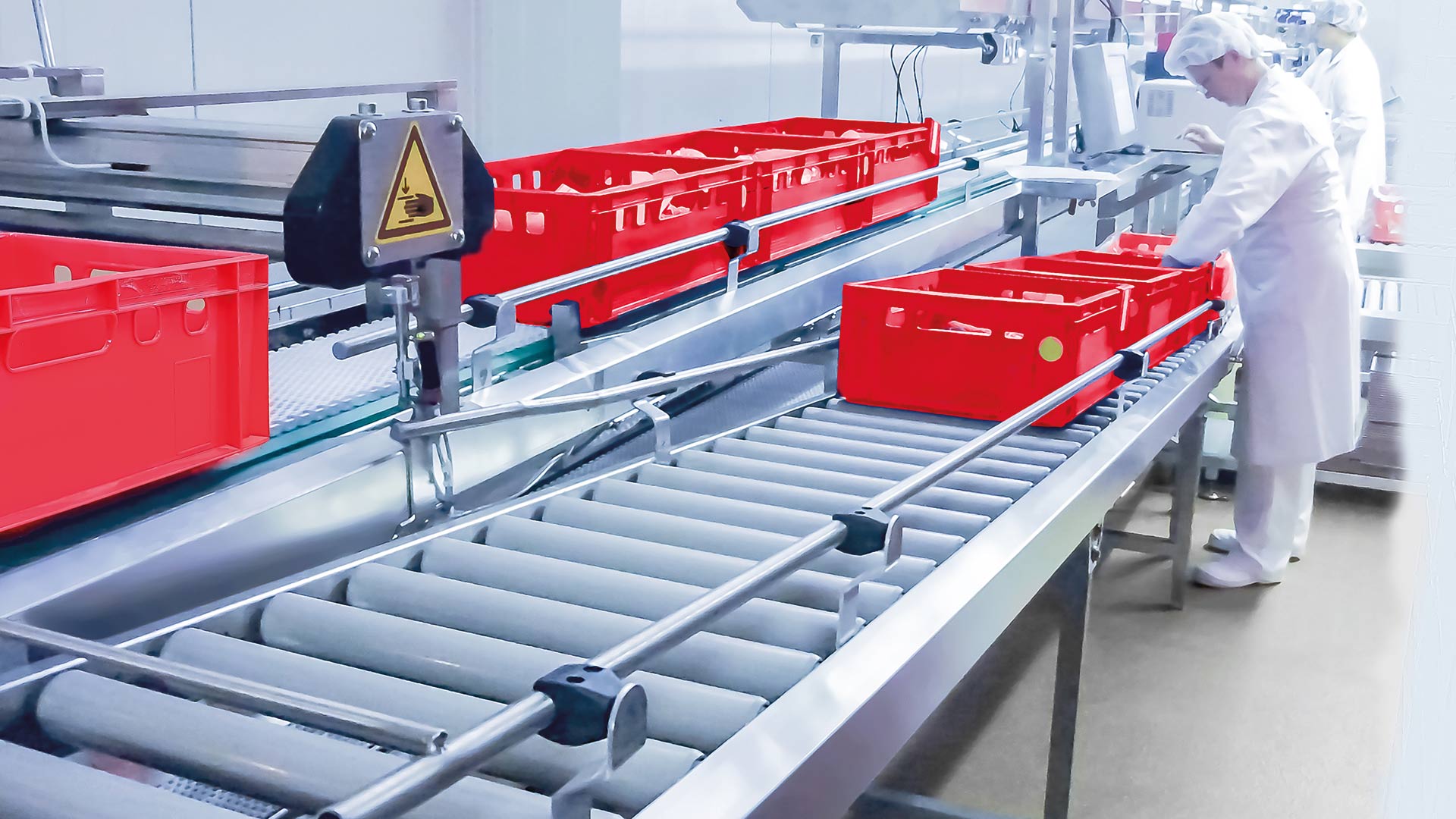 |
Additional benefits from incorporating hygienic design principles
In addition to ensuring product quality/safety by reducing the risk of contamination and complying with hygiene standards, food manufacturers benefit in so many different ways when they opt for a Hygienic Design concept:
• They’re saving time and money
Spiraling costs for wages, energy and quality assurance make cleaning food industry equipment on a daily basis a significant cost factor. That being said, if cleaning took less time and required less effort, it would effectively reduce machine downtime to a large extent, making the total cost of ownership much more palatable. Hygienic Design ensures effective plant utilization and keeps resource costs low by enabling shorter CIP times for cleaning, resulting in longer production intervals.
• You’re helping to protect the environment
Environmental protection is a driving factor in production design in today’s world, especially in the food industry. The aim here is to make the most efficient and sustainable use of production resources, and to keep making improvements to this approach over time. Having a plant that’s quick and easy to clean means that less energy freshwater and cleaning agents are used, thereby making a significant contribution to protecting the environment.
SCIO corporate company MFI GmbH was a proponent of the Hygienic Design approach very early on, and have steadily built their expertise and reputation in the sector. Their customers also benefit from their many years of experience in intralogistics along with a vast wealth of knowledge in processing stainless steel. MFI are a reliable partner in the sector and they develop innovative product solutions that are individually tailored to client needs, as well as automating production and logistics processes to facilitate client transitions towards the Smart Factory. Their product portfolio, which ranges from innovative conveyor technology and warehouse systems to control cabinets, is specially developed to meet the requirements of hygienic design from the very beginning This means that the end product complies with the requisite hygiene regulations, while improving production throughputs for the client, and ultimately saving them money in the long run.
Would you like to find out more about MFI’s product innovations? Click here to get more details on the patented Hygienic Design solutions.
















